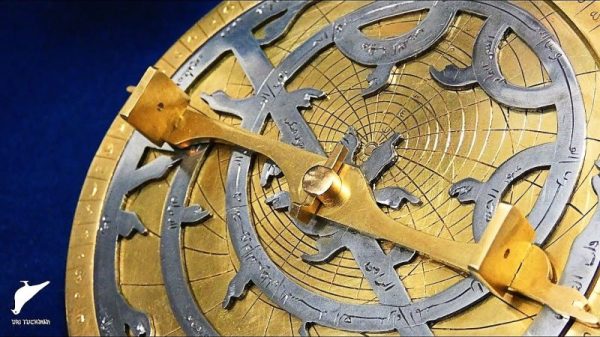If you were expecting a post about ancient kings and queens, you are probably at the wrong website. [Burn Heart] has a fascination with ancient measuring devices and set out to recreate period-correct rules, although using decidedly modern techniques.
The first example is a French rule for measuring the “pied du Roi” or king’s foot. Apparently, his royal highness had large feet as a the French variant is nearly 13 inches long. The next rulers hail from Egypt and measure cubits and spans. Turns out the pyramid builders left a lot of information about measurements and their understanding of math and tools like dividers.
Other rules from Rome, Japan, and the Indus Valley are also included. According to the post, one set of these rulers used locally sourced wood, but a second “limited” edition used wood that the originals might have. Most of the rulers were etched via CNC, although the French ruler was hand-etched.
The Romans, apparently, had smaller feet than French royalty, as their Pes or foot was about 11.65 inches. There are plenty of little tidbits in the post ranging from the origin of the word inch to why the black wood used for piano keys is called ebony.
We’ll stipulate this isn’t exactly a hack, although it is fine workmanship and part of hacker culture is obsessing over measuring things, so we thought it was fair game. These days, rulers are often electronic. Which makes it natural to put them on a PC board.














